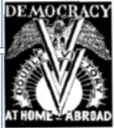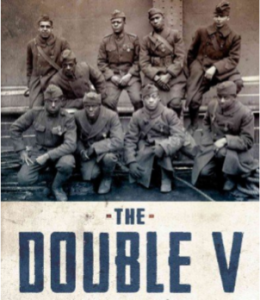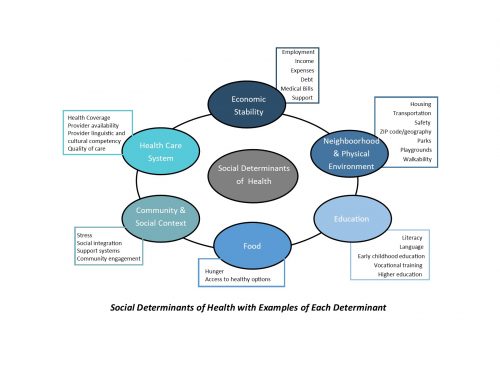The first time I heard of the term Double V, was while reading the book, Hidden Numbers, the story of the black female mathematicians that worked for NACA (later NASA) during WWII – helping to design safe airplanes for the war effort. The Double V referred to a term embraced by African Americans during World War II, meaning Victory overseas and at home (ridding the USA of discrimination and segregation).
In his new book, The Double V: How Wars, Protest and Harry Truman Desegregated America’s Military, author Rawn James Jr. argues that if one wants to understand the story of race in the United States, one must understand the history of African-Americans in the country’s military. Since the country was founded, he tells Fresh Air’s Dave Davies, the military “has continually been forced to confront what it means to segregate individuals according to race.”
In October 1775, the Continental Congress voted for the first time to keep blacks — enslaved or free — from serving in the military. Training blacks in armed warfare, the delegates believed, would lead to slave insurrection and trouble down the road. While many blacks fought for the Union in the Civil War, it wasn’t until the 20th century that the military began to officially integrate. The black Americans who served in World War I believed that their service would earn them respect and equality at home. Instead, they returned to lynchings and race riots. These memories were still fresh as the United States prepared to enter World War II.
“Many Americans understood that war was coming,” says James, “and the tens of thousands of great black war veterans remembered what they had come home to [after World War I]. … [T]hey were determined not to let that happen again, so they declared … that their single most important issue was desegregating the armed forces and establishing equality in the armed forces. … [W]hat became known as the civil rights movement … began during the interwar period and, particularly, in the final months leading up to America’s involvement in World War II. This was … when African Americans collectively mobilized and began to fight for a single goal, in this case … ‘We must desegregate the armed forces.’ ”
THE DOUBLE VICTORY CAMPAIGN

“The V for victory sign is being displayed prominently in all so-called democratic countries, which are fighting for victory …Let we colored Americans adopt the double V for a double victory. The first V for victory over our enemies from without, the second V for victory over our enemies from within.” (James G. Thompson, 1942) In a letter to the Pittsburgh Courier, a black newspaper expressing his concerns about discrimination in the war and in general towards African Americans in the US. https://hennessyhistory.wikispaces.com/Double+Victory+Campaign-1
So what does this have to do with collaborative case management and shared decision making? As a result of our increasingly diverse workplace and the globalization of business, cultural competence is one of the most important skills needed when working with the workers’ compensation population. Effective, collaborative communication is essential to facilitate the case management and claims administration process
More specifically in regards to consumer self-management and facilitating an informed and shared decision making process.
As more and more people travel all over the world and move to other countries, health care practitioners recognize a need to better understand different cultural health beliefs to treat patients. Different attitudes about doctors, medicine, illness and death challenge health care providers to customize treatment and to engage the health care consumer in their treatment plan. As a claims professional or case manager you will be coordinating care and working with these culturally diverse populations.
In addition, as described in the example above, understanding how the history of the United States and past actions taken against minorities, inform beliefs and interpretations in the present.
In future posts we will discuss the importance of becoming culturally competent and its relationship to facilitating shared decision making.



